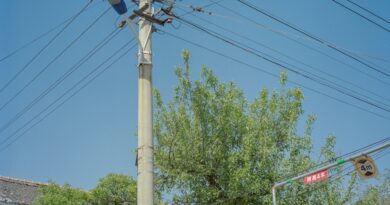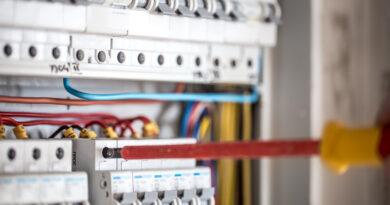The Ultimate Guide to Effective Electrical Safety Inspections
Introduction
Electrical safety inspections are crucial for maintaining the well-being of individuals and ensuring the proper functioning of electrical systems. Whether you are a homeowner, a business owner, or an electrical professional, conducting regular safety inspections is essential to identify potential hazards and prevent accidents or electrical failures. This comprehensive guide will provide you with all the necessary information and steps to conduct effective electrical safety inspections.
- Understanding the Importance of Electrical Safety Inspections
1.1 The Risks of Electrical Hazards 1.2 Legal and Regulatory Requirements 1.3 Benefits of Regular Inspections
- Preparing for an Electrical Safety Inspection
2.1 Gathering Necessary Tools and Equipment 2.2 Developing an Inspection Checklist 2.3 Notifying Occupants and Stakeholders
- Exterior Inspection
3.1 Service Entrance and Electrical Panels 3.2 Overhead and Underground Wiring 3.3 Grounding Systems 3.4 Outdoor Lighting and Fixtures 3.5 Surge Protection Devices
- Interior Inspection
4.1 Wiring Systems and Connections 4.2 Electrical Outlets and Switches 4.3 Appliances and Equipment 4.4 Lighting Systems 4.5 Safety Devices (Smoke Alarms, Carbon Monoxide Detectors, etc.)
- Specialized Inspections
5.1 Electrical Panels and Circuit Breakers 5.2 GFCI Outlets and AFCI Breakers 5.3 Electrical Cords and Extension Leads 5.4 High-Risk Areas (Kitchens, Bathrooms, Pools, etc.) 5.5 Industrial and Commercial Inspections
- Conducting the Inspection
6.1 Visual Inspection 6.2 Testing and Measurements 6.3 Recording Findings 6.4 Identifying Immediate Hazards
- Addressing Common Electrical Safety Issues
7.1 Electrical Overloading 7.2 Faulty Wiring and Connections 7.3 Outdated or Damaged Equipment 7.4 Inadequate Grounding 7.5 Insufficient Electrical Protection
- Corrective Actions and Maintenance
8.1 Prioritizing Repairs and Upgrades 8.2 Hiring Professional Help 8.3 Implementing Preventive Maintenance Plans 8.4 Updating Safety Practices and Training
- Documentation and Record-Keeping
9.1 Importance of Documentation 9.2 Maintaining Inspection Records 9.3 Compliance with Regulations 9.4 Using Technology for Record-Keeping
- Conclusion
Conducting regular electrical safety inspections is a critical responsibility for homeowners, businesses, and electrical professionals. By understanding the importance of these inspections, preparing adequately, and following a thorough inspection process, you can significantly reduce the risks of electrical hazards, prevent accidents, and ensure compliance with regulations. Remember, electrical safety is a shared responsibility, and with the knowledge gained from this ultimate guide, you are well-equipped to protect yourself, your loved ones, and your property from electrical dangers.



